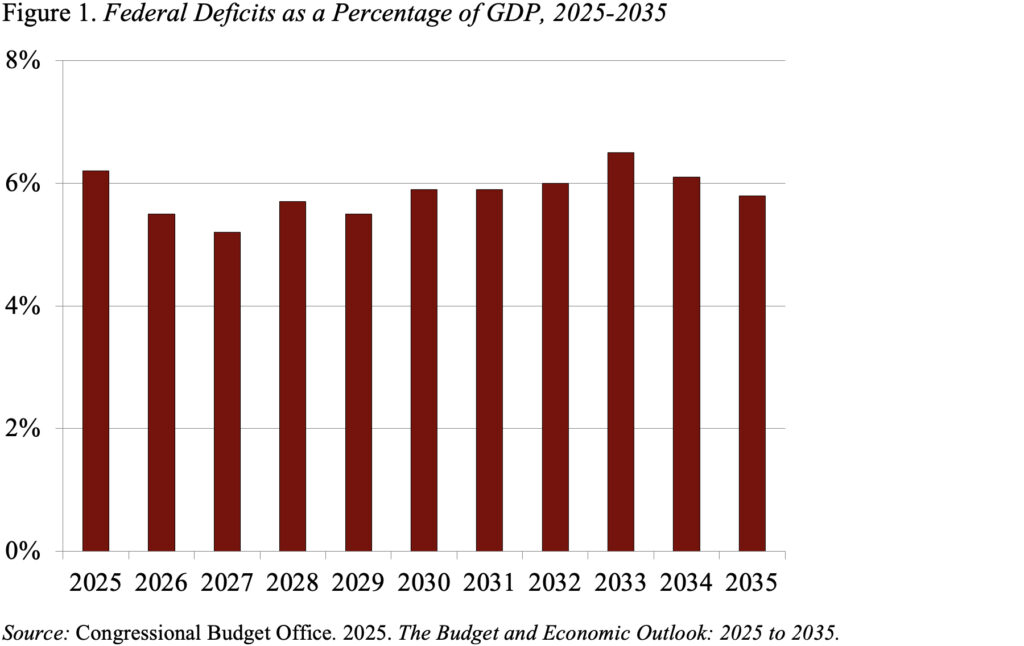Is Intel Stock A Buy Now?

The past year has been a terrible one for Intel (NASDAQ: INTC) investors as share prices of the once-mighty semiconductor giant have fallen 55%, driven by the company's inability to capitalize on hot technology trends such as artificial intelligence (AI) and market share losses to rivals.
However, Chipzilla's fourth-quarter 2024 results (which were released on Jan. 30) did provide a glimmer of hope to investors, even if for a brief period. The stock rose initially after the results were released as it beat Wall Street's estimates, but it wasn't long before it retreated nearly 3% as more details emerged.
Start Your Mornings Smarter! Wake up with Breakfast news in your inbox every market day. Sign Up For Free »
Let's see why that was the case and check if Intel's latest results were good enough to warrant a buy.
Intel may have exceeded expectations, but it isn't out of the woods yet
Intel's fourth-quarter revenue of $14.3 billion was down 7% from the year-ago period. Analysts were projecting a bigger fall as they anticipated revenue of $13.8 billion for the quarter. However, investors should note that Intel's revenue beat was powered by the $1.1 billion grant it received in Q4 under the CHIPS Act. Management also added on the earnings conference call that it suspects a "portion of Q4 revenue upside was due to customers' hedging against potential tariffs."
Not surprisingly, Intel's revenue outlook of $12.2 billion for the current quarter is below expectations of $12.87 billion. The midpoint of its revenue guidance points toward a 4% decline in its top line on a year-over-year basis. However, Intel's adjusted earnings per share would fall from $0.18 per share in the year-ago quarter to breakeven in the current quarter.
In simpler words, the contraction in Intel's revenue and earnings is here to stay. That makes buying Intel right now a risky move considering that nearly all of its business segments are struggling. For instance, the company's revenue from sales of central processing units (CPUs) used in laptops and desktops was down 9% year over year in the previous quarter. That's in stark comparison to Advanced Micro Devices, which has been taking share away from Intel and has been enjoying impressive growth in this market.
Meanwhile, the 3% year-over-year decline in Intel's data center and AI revenue clearly indicates that it has missed the bus in this market as well. Both AMD and Nvidia have been reporting solid growth in sales of their server CPUs and data center graphics cards used for training and deploying AI models. Intel, however, is writing off the inventory of its Gaudi AI accelerators and scrapped its goal of achieving $500 million in revenue from sales of these chips.
The company says software issues have derailed its plans to tap the booming AI accelerator market. AMD and Nvidia, on the other hand, are pushing the envelope in AI accelerators with a new chip planned for launch every year. So, Intel's rivals could build a big enough technology gap that the former may not be able to bridge.
Also, Intel's earnings forecast for the current quarter is lower than the $0.08 per share that analysts were projecting. The company is expected to report a profit of $0.53 per share in 2025 as per analysts' expectations, but the way it has started the year suggests that it may not be able to get there.
The valuation suggests there are better AI chip plays out there
Trading at 39 times forward earnings, Intel cannot be called cheap considering its shrinking bottom line. At a similar valuation, investors can get their hands on other semiconductor stocks such as Nvidia, AMD, and Taiwan Semiconductor Manufacturing, which have been growing at much faster rates and enjoy competitive advantages over Intel.
INTC PE Ratio (Forward) data by YCharts
Moreover, only three of the 46 analysts covering Intel stock suggest buying it right now. That's despite the fact that its 12-month median price target of $25 points toward a 29% jump from current levels. Intel may not be able to achieve that based on its performance and outlook in the latest quarter, which clearly indicates that the company is still a long distance from regaining its competitive edge.
That's why savvy investors would do well to take a closer look at other names in the semiconductor industry instead of Intel as they are likely to deliver much stronger gains.
Don’t miss this second chance at a potentially lucrative opportunity
Ever feel like you missed the boat in buying the most successful stocks? Then you’ll want to hear this.
On rare occasions, our expert team of analysts issues a “Double Down” stock recommendation for companies that they think are about to pop. If you’re worried you’ve already missed your chance to invest, now is the best time to buy before it’s too late. And the numbers speak for themselves:
- Nvidia: if you invested $1,000 when we doubled down in 2009, you’d have $311,343!*
- Apple: if you invested $1,000 when we doubled down in 2008, you’d have $44,694!*
- Netflix: if you invested $1,000 when we doubled down in 2004, you’d have $526,758!*
Right now, we’re issuing “Double Down” alerts for three incredible companies, and there may not be another chance like this anytime soon.
*Stock Advisor returns as of February 3, 2025
Harsh Chauhan has no position in any of the stocks mentioned. The Motley Fool has positions in and recommends Advanced Micro Devices, Intel, Nvidia, and Taiwan Semiconductor Manufacturing. The Motley Fool recommends the following options: short February 2025 $27 calls on Intel. The Motley Fool has a disclosure policy.


